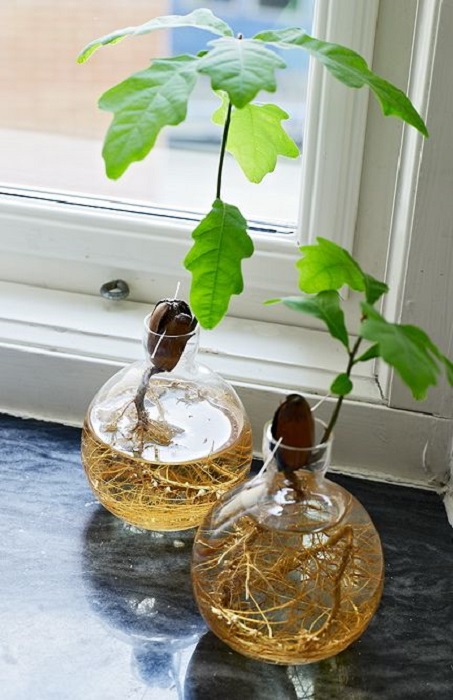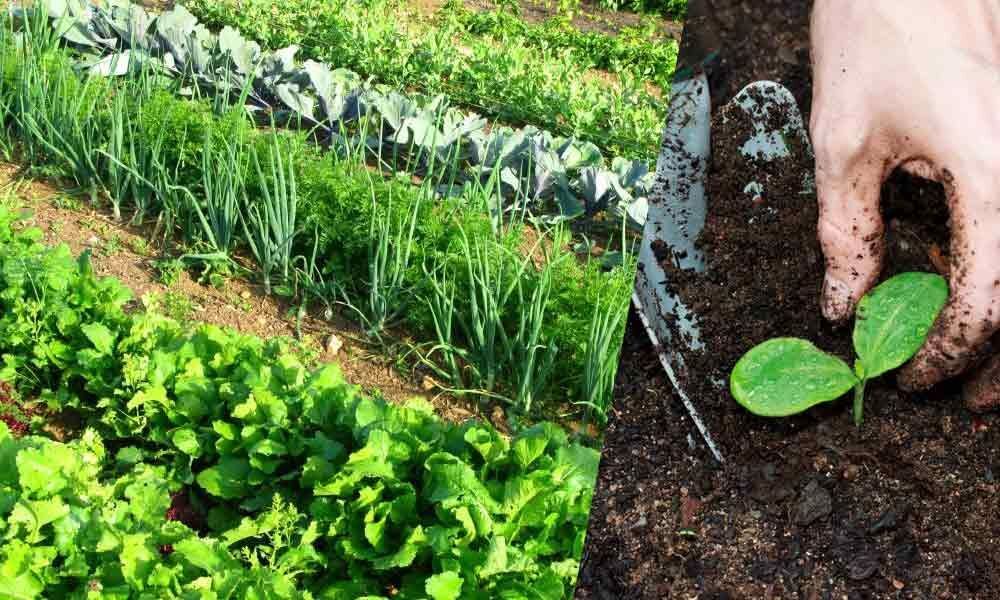Table of Content
Please place it in a coffee can and let it sit until it breaks down into a dark, soil-like substance. This process may take a while, but you can speed it up by turning the pile’s contents and adding a little water every so often. Stir it every day, and after about a week, strain it, discarding the solid. The liquid you are left with is a compost tea and the perfect fertilizer for your homemade hydroponics system.

With its slow release properties, it’s also less likely to burn plants compared to many chemical-based fertilizers. The use of this organic fertilizer provides a variety of benefits for both gardeners and donkeys alike. A lesser known fertilizer option is donkey manure, which can be used to nourish vegetable gardens. The suitability of donkey manure depends on the type of plant being grown. Donkey manure is a great choice for vegetable gardens and has benefits that go beyond traditional fertilizers. If you are looking for a long-lasting nutrient release from the donkey manure, consider combining it with compost before applying it to your garden beds or planting areas.
Do you need a water pump for hydroponics?
Here are the necessary procedural steps to test any nutrient mix you decide to make and add to your system. This means it will be more in line with your system temperature when running, and it can help any powdered compounds to dissolve. The only time you can be sure of the same levels is if you used powdered nutrients and mix them with water.

Building your own hydroponics system can be a fun and rewarding experience, and it can save you money in the long run. Containers are used as a growing medium because water and a nutrient solution are used to grow plants. Hydroponic irrigation, which is a type of irrigation system, delivers nutrient solution to the plants. Hydroponics is a less-demanding form of gardening, and it’s a great option for gardens with limited space. As a result of using a hydroponic system, you no longer have to worry about the weather or your soil’s health.
Trichoderma in Hydroponic Systems
An example is organic nitrogen fertilization, which is made from substances such as animal waste. They can also be added to the soil to increase the amount of organic matter in it. Growing plants without soil in a water-based solution is an advantage, as it might introduce insects and disease into your home. We’ll also discuss the advantages and disadvantages of each method, and how you can choose the one that’s right for you. Your choice of the best hydroponic fertilizer to use is dependent on the type of plants you want to grow, whether on a small-scale or large scale. Powdered fertilizers come in different ratios of potassium, Nitrogen, and Phosphorus, and the one you go for depends on the plant types you are cultivating.
A good base for organic gardening is vermiculture, and with the worm castings, you can see this effective formulation pushes the meaning of organic to the limits. This results in the dehydration of your plants while the salts suck up the moisture from your plants. When you first start adjusting formulations, you need to do so with some restraint and caution. Before adding, like the other formulations, it will require filtering before use. Any lumps can block your system unless you are not using a water pump.
Hydroponic Cucumber Nutrient Solution
Calcium helps in the formation of the plant's cell walls and also stabilizes them. Additionally, it maintains root vigor and transports minerals from one part of the plant to another. If you've ever bought commercial nutrients, you know how expensive they can be. So, apart from getting to play your Chemistry professor's role, you can also save lots of money long term.
It is a popular DIYHydroponics project to repurpose a large container to hold water in a basin. You should not rely on water to moisten roots; instead, make certain to provide enough water. It is possible to create hydroponic organic fertilizer yourself, although it takes a little work. You make a “compost tea” that’s filled with nutrient-rich organic matter. First, create compost by accumulating leaves, grass, eggshells, coffee grinds, and other organic material.
There are many differences in these homemade formulas, so making one batch of one type may deliver a different ratio to your next one. You will need between 1 to 2 cups of liquid solution per 16 gallons of water. Your needs may vary from the chart, and different factors may interfere with your plants’ growth. For example, if you are using a soil-based fertilizer, the amount of fertilizer you need will depend on the type of soil in your garden.
Banana tea can also deliver crucial amino acids that will be taken up by your plants. To make this, you only need to boil three or four banana skins in a liter of water. To this, you can add a little sugar or molasses, which is recommended. These mixtures should be made, so they can be added to your reservoir once they have been cooled. You need to take a second EC reading, as you will need to dilute these mixtures before adding them to your tank. This formula is based on the one given by Keith Roberto who is the author of many Hydroponic books.
You will need more lights and containers for your garden if you grow more plants or if you have more space. By composting organic matter, you can create a nutrient-rich soil amendment that can be used to fertilize your plants. Composting not only provides plants with the essential nutrients they need to grow, but it also helps to improve drainage and aeration in the root zone.

Donkey manure has been used as an organic fertilizer for centuries, and is gaining traction with sustainable agricultural practices today. Therefore, they will benefit more from using donkey manure than light feeders do. For instance, heavy feeders, such as tomatoes and peppers, require more nutrients than light feeders like lettuce or carrots. This makes fertilizing your garden much easier since you don’t have to take extra steps beforehand. Additionally, donkey manure does not need to be composted prior to use since it is already mostly decomposed when collected from the animal’s enclosure. It also helps to maintain pH levels in the soil while promoting beneficial microbial activity which further enhances soil fertility.
With your measured out salts for each compound, add these one at a time and allow each one to dissolve before adding the next. This mixture is ideal for large systems, so you might need to scale it back to fit a smaller system so you have enough made to use, and not left standing. When it comes to using this liquid, you need to use 1/2 a gallon for every 50 gallons of water in your tank. This is a one-part mix, which has been proven to deliver good results. However, you will need to keep an eye on your plants to make sure they show no signs of deficiencies or nutrient burn.

Once this dissolves over a short period, it turns into a potassium and phosphorus-rich natural fertilizer. This can be one of the simplest fertilizers to produce, and it can give a great helping hand to plants that need a little boost. This formula is sufficient for a 5-gallon container of nutrient solution. One thing to note is this formula is intended for non-circulating systems, as they are no longer diluted before adding.
No comments:
Post a Comment